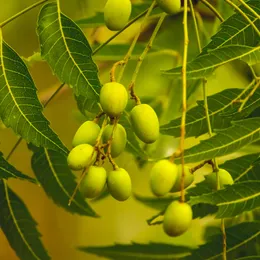

Top 10 Tallest Trees in Yemen
In Yemen's variable climate, from arid deserts to humid coastal plains and highland zones, certain areas provide sanctuaries for lofty trees. Norfolk island pine, Japanese red cedar, and Monterey cypress stand as natural skyscrapers within this rugged landscape, embodying the intersection of ecological magnificence and historical resonance. Their towering presence not only punctuates the sky but also serves critical roles in local ecosystems, sustaining diverse fauna and flora.















More Plants in Yemen

Most Common Toxic Plants

Most Common Flowers

Most Common Flowers of Spring

Most Common Spring Fruits

Most Common Fruits

Most Common Trees

Most Common Weeds

Most Common Flowers of Winter

Most Common Plants
In Yemen, you can find Grain sorghum, Pearl millet, Aloe vera, Khat, Common fig, and more! There are 50 types of plants in total. Be sure to look out for these common plants when you’re walking on the streets, in parks, or public gardens.